New 'Attack' EA-37B Moniker For USAF Electronic Warfare Jets
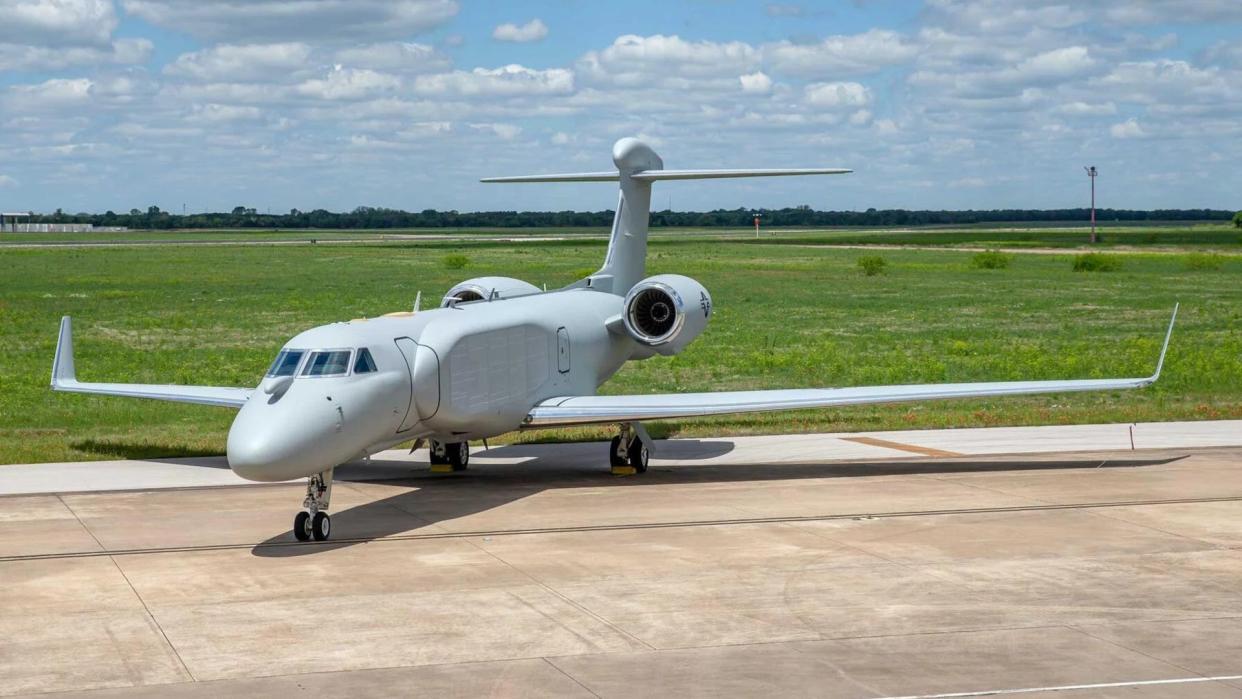
The U.S. Air Force has quietly changed the designation of its new electronic warfare jet from EC-37B to EA-37B. The service says this new moniker better reflects the aircraft's roles and missions, which it says includes attacking and destroying certain targets. The War Zone has long highlighted how powerful active electronically scanned array (AESA) antennas like the ones on the EA-37B could be used to send out highly focused beams of electromagnetic energy that can damage electronics within aircraft, missiles, and other systems.
The Air Force announced the designation change for what has become the EA-37B last week, but said at that time that the new nomenclature had been formally applied back in October. The Air Force formally took delivery of the first of these jets in September. The service currently plans to acquire 10 in total and hopes they will begin entering operation service next year.
The EA-37B/EC-37B is a heavily modified Gulfstream G550 business jet. It leverages the Israeli-developed Conformal Airborne Early Warning (CAEW) configuration, which notably has large 'cheek' fairings on either side of the fuselage among other distinctive features.
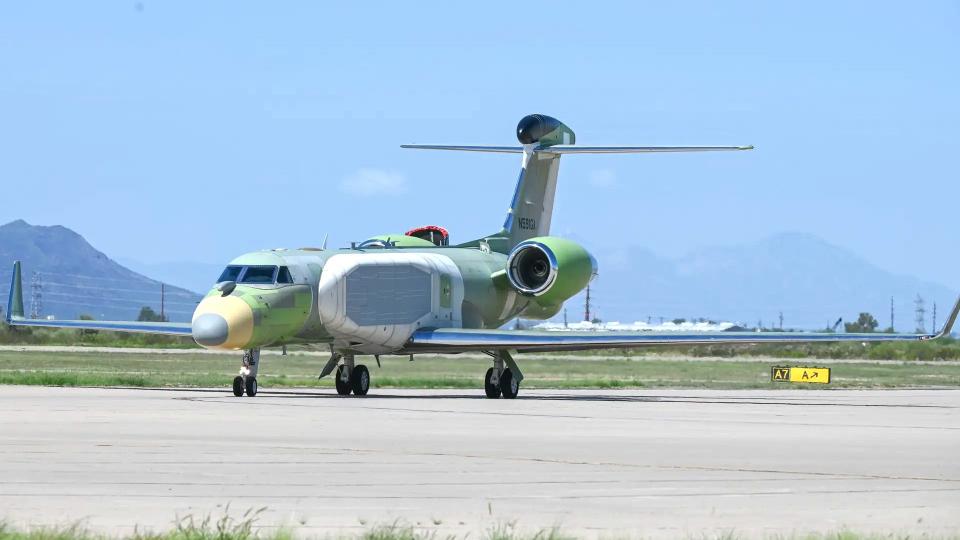
The electronic warfare jet's original designation was based on the fact that there are G550s configured as VIP transports already in U.S. military service with the designations C-37A and C-37B. The U.S. Navy also now has a specialized missile tracking subvariant, for test and evaluation use, that is also based on CAEW configuration and is currently designated as an NC-37B.
U.S. military cargo and transport aircraft converted into electronic warfare platforms have typically received "EC" designations in the past. This includes the C-130 Hercules airlifter-based EC-130H Compass Call aircraft that the EA-37B/EC-37Bs are now set to replace. The designations for versions of tactical combat jets optimized for electronic warfare, like the U.S. Navy's EA-18G Growler and the Air Force's long-retired EF-111A Raven, have similarly leveraged the aircraft's original base nomenclature.
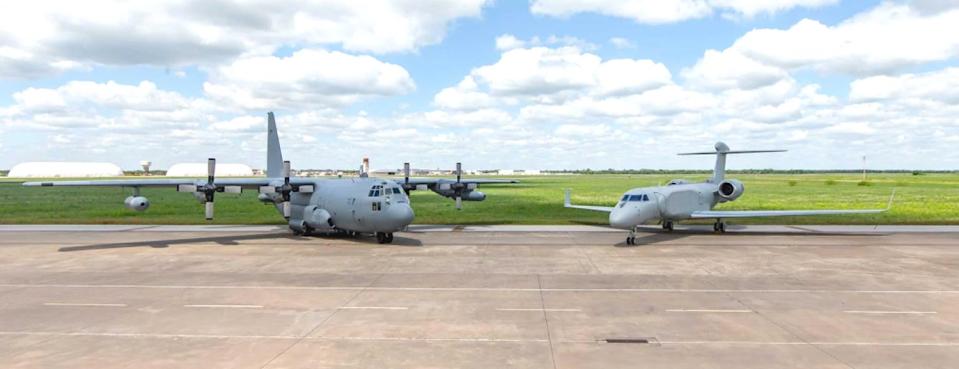
As an aside, the new EA-37B designation is what is known as a non-standard one that breaks certain rules and conventions the U.S. military has for assigning nomenclature to aircraft. The Air Force already had an A-37B, a completely unrelated and now-retired light attack jet, and any new "attack" designation should follow in the established sequence, not reuse a previously assigned one.
"The EA-37B aircraft designation was selected to better identify the platform’s mission of finding, attacking, and destroying enemy land or sea targets," the Air Force press release about the designation change says. "The EA-37B sustains Joint Force military advantage in [the] electromagnetic battlespace and builds a more lethal force by modernizing electromagnetic attack capabilities to deny peer competitors’ tactical networks and information ecosystems."
There had been signs that this nomenclature shift was coming before now.
"The EC-37 ... frankly operates as much like an EA-37," Air Force Gen. Mark Kelly, head of Air Combat Command (ACC), said during an online event hosted by the Air & Space Forces Association back in March.
Air Force Col. Josh Koslov, head of the Air Force's 350th Spectrum Warfare Wing, also referred to the aircraft offhandedly as an "EA-37" during a media roundtable on the sidelines of the Air & Space Forces Association's main annual conference back in September. The 350th stood up in 2021 and serves as a focal point for electronic warfare-related developments as you can read more about here.
The Air Force has long stressed the value offered by replacing the EC-130H with a new business jet-based platform in terms of operational flexibility and reliability.
https://www.youtube.com/watch?v=N9iy98JFM1k
"The EC-37 ... flies at a much different altitude, you can move it around the theater faster, etc, etc," displays in a much different opportunity to move it around the theater faster, etc, etc," ACC head Gen. Kelly said at a separate roundtable at the Air & Space Forces Association conference in September. He added that the G550 offered a "more reliable airframe" compared to the aging C-130Hs underneath the existing Compass Call aircraft.
The Air Force has offered less detail about exactly what the EC-37B/EA-37B is capable of in the past, noting that many of its capabilities are highly classified. Beyond its electronic warfare suite, it does not have any other means of attacking targets, at least that we know about. The other "EA" electronic warfare aircraft in service now, the Navy's EA-18G, can engage threats with AGM-88-series anti-radiation missiles and is also able to carry AIM-120 Advanced Medium Range Air-to-Air Missiles (AMRAAM) for self-defense in addition to its electronic warfare capabilities.
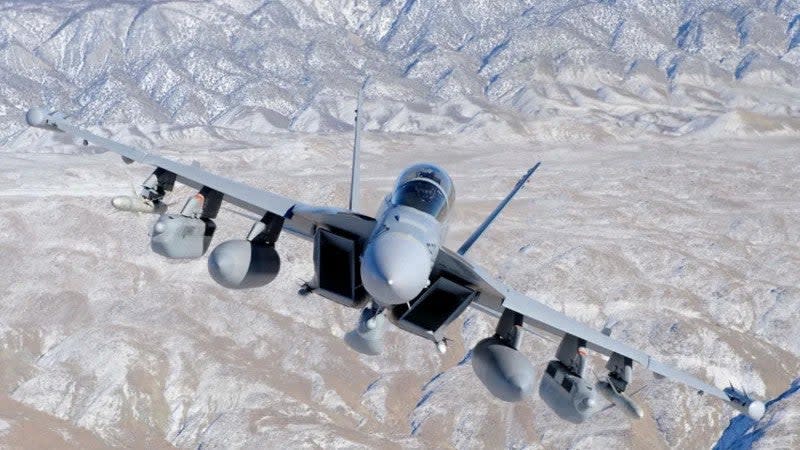
For the EA-37B/EC-37B, "it's all about the mission systems," Gen. Kelly said in September. "When we dial up the jamming power or ask for a specific waveform, that waveform needs to come out [with] exactly the amount of ramp and power and frequency we asked for."
An Air Force officer directly familiar with the program speaking on the condition of anonymity did offer more significant details to The War Zone in an exclusive interview last year.
"Those big bulges on the side [of the EA-37B/EA-37B], that's basically a big transmit antenna, and then all the amplifiers to get all the power stacked inside right behind it at each side," they explained. "We were also able to get that power into lower frequency ranges by moving it into the EC-37, which is helpful because if we're flying high, we can fly higher and further away and still have the same capability, which gives you more survivability. … That’s what is keeping us alive, just because it’s got so much power."
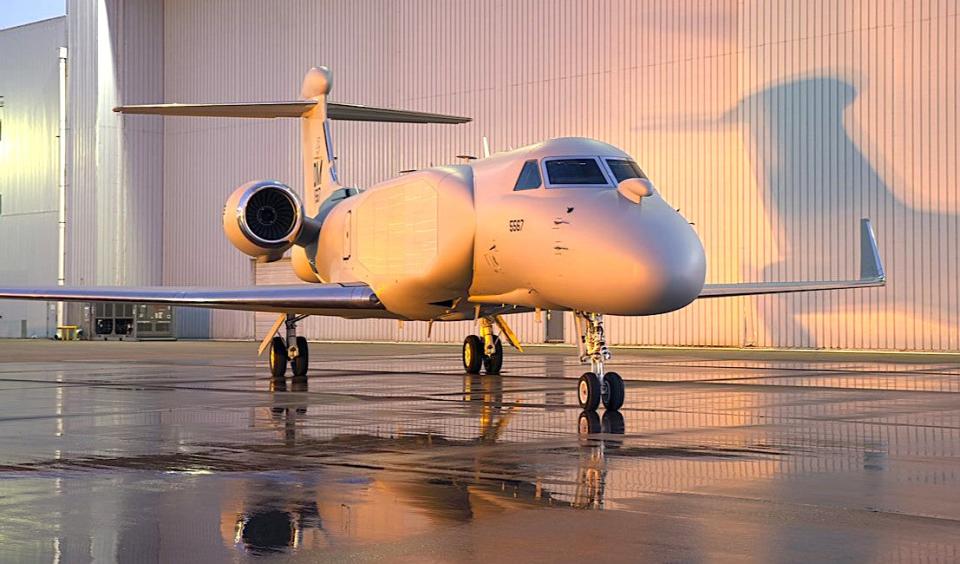
The EA-37B/EC-37B's mission systems have also been designed from the start to be open architecture to help with the rapid integration of new and improved capabilities and other functionality in the future.
The open architecture systems "will basically allow us to share among the Air Force," the anonymous Air Force officer said. "I could take an F-35 waveform, an F-22 waveform, a B-21 waveform, or a Growler waveform and I can put it on my plane, and we can all work together to figure out who needs to do what because we all have similarities."
So far, the Air Force has expressly confirmed that the EA-37B/EC-37B will be able to use its electronic warfare suite for more physically destructive attacks. It is possible that "destroying" enemy targets in the context of this aircraft's mission set is actually about clearing the way for other platforms to strike.
Still, The War Zone has previously pointed out that the EA-37B/EC-37B's combination of large AESA arrays and its other capable, open-architecture systems could lead to future capabilities well beyond traditional jamming, including electronic attacks capable of causing real damage or cyber attacks. That's if this aircraft, as well as its predecessor the EC-130H, doesn't already have these abilities, at least to some degree.
The EA-37B/EC-37B, on a basic conceptual level, is not "overly different" from the EC-130H, Gen. Kelly, the head of ACC, said in September. The "EC-130 has updated their waveforms and their techniques to catch up with what will be on the EC-37."
The Air Force has already stated in the past that many of the mission systems on the EA-37B/EC-37B will be directly ported over from the EC-130H.
"If you look on the [EC]-130 there are big pods out the wingtips, and that’s an active electronically scanned array (AESA), and that has been put into the cheeks of the G550 variant," the anonymous Air Force officer explained last year.
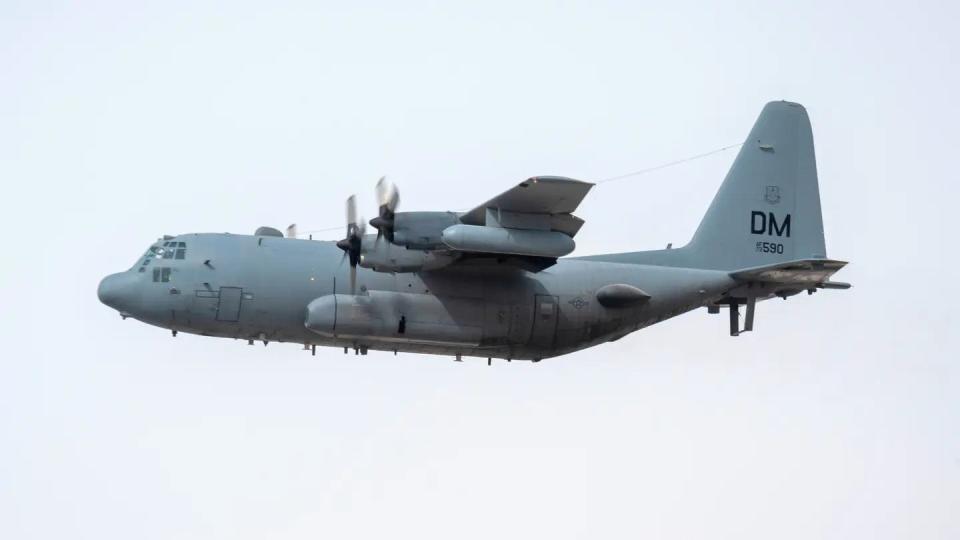
Reports in the past have said that EC-130Hs were used to knock down ISIS drones over Iraq and Syria, or at least called attention to this possibility. This, of course, could have been achieved by jamming the control links, as well as by using bursts of electronic magnetic radiation for the aircraft's AESAs to directly fry the electronic systems on those uncrewed systems.
A 2012 U.S. Central Command (CENTCOM) document that The War Zone obtained via the Freedom of Information Act (FOIA) also laid out details about how the command, which oversees American military operations in the Middle East, could employ electronic warfare capabilities. One mission set was entirely redacted. We highlighted previously how this could potentially point to more destructive electronic warfare attacks or cyber operations. There has been speculation for years now the U.S. military may have one or more operational capabilities in this vein in the classified realm.
Whether more specific details will emerge about the ability of what is now called the EA-37B to 'destroy' as well as 'find and attack' targets remains to be seen. Regardless, the new designation certainly reinforces previous evidence that these aircraft will have significant electronic warfare capabilities that will not just be limited to traditional jamming.
Contact the author: joe@thedrive.com

